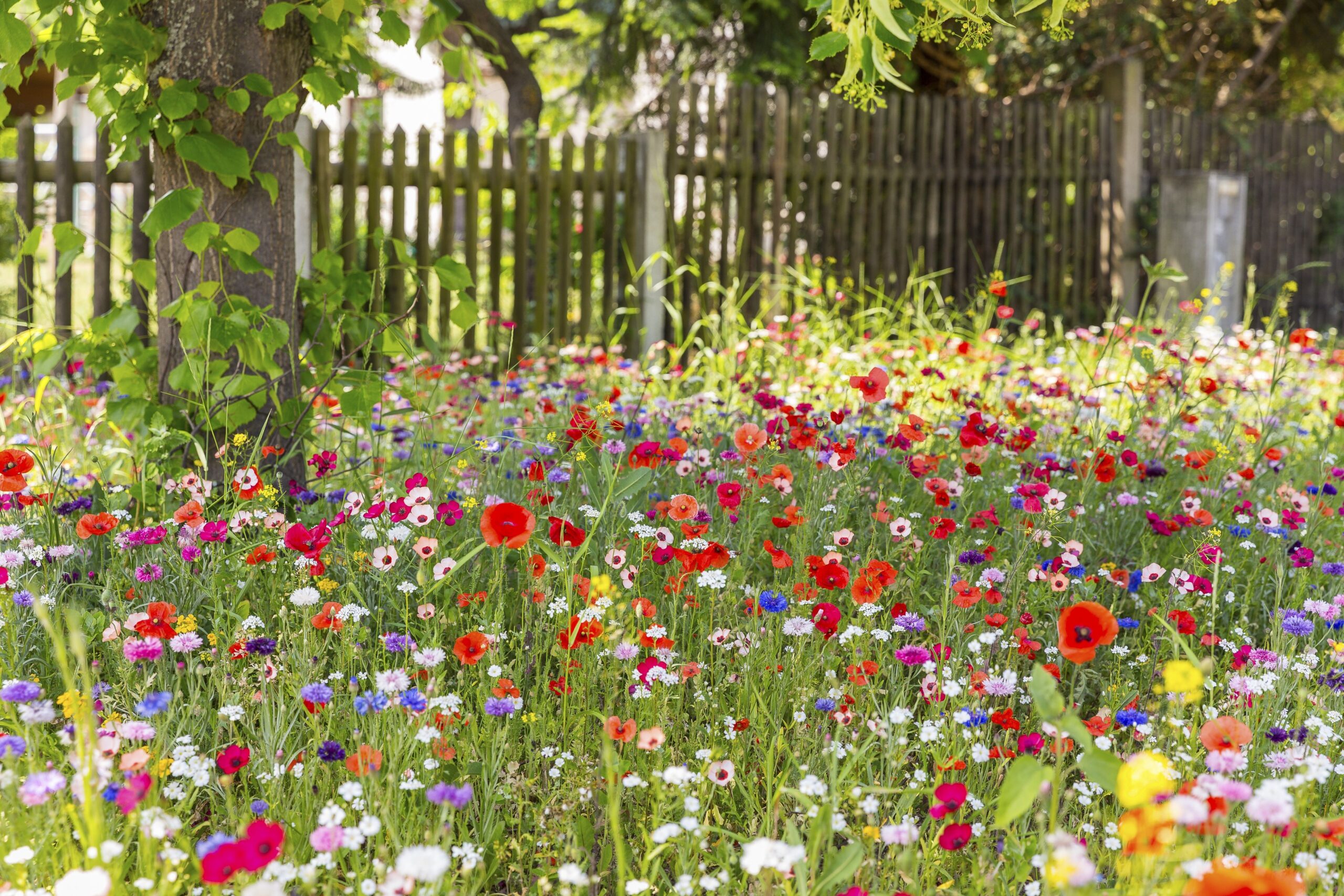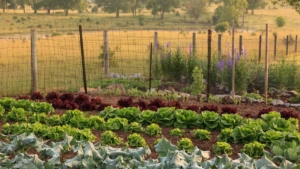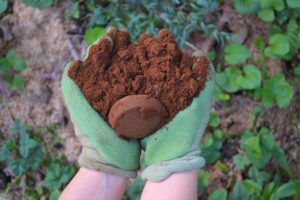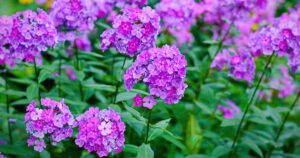Transform Your Landscape With a Vibrant Wildflower Garden That Supports Local Ecosystems
A wildflower garden brings the untamed beauty of nature right to your doorstep while supporting essential pollinators and requiring minimal maintenance once established. Unlike manicured landscapes that demand constant attention, wildflower gardens celebrate the natural beauty of regional flora, creating dynamic, ever-changing displays throughout the growing season. Whether you’re looking to convert a small corner of your yard or create an expansive meadow, this guide will walk you through the entire process of designing, planting, and maintaining a successful wildflower garden that will delight for years to come.
Why Create a Wildflower Garden?
Before diving into the how-to, let’s understand the compelling reasons to grow a wildflower garden:
- Ecological Benefits: Native wildflowers provide critical habitat and food sources for local pollinators, including bees, butterflies, and beneficial insects.
- Water Conservation: Once established, wildflower gardens typically require less water than traditional lawns and gardens.
- Reduced Maintenance: Forget weekly mowing—wildflower gardens need minimal upkeep compared to conventional landscaping.
- Seasonal Interest: Enjoy an ever-changing tapestry of colors and textures from early spring through late fall.
- Connection to Place: Wildflowers celebrate your region’s natural heritage and create a sense of belonging within your local ecosystem.
Designing a Wildflower Garden: Planning for Success
A successful wildflower garden begins with thoughtful design. While these gardens may look spontaneous, strategic planning ensures the best results.
Site Selection and Analysis
The first step in designing a wildflower garden is choosing the right location and understanding its characteristics:
- Sunlight Assessment: Most wildflowers thrive in full sun (6+ hours daily). Track sun patterns in your yard to identify optimal planting areas.
- Soil Evaluation: Conduct a simple soil test to determine:
- pH level (most wildflowers prefer 5.5-7.0)
- Soil texture (sandy, loamy, or clay)
- Drainage capacity (observe after rainfall)
- Existing Vegetation: Document what’s already growing successfully in the area—this provides clues about growing conditions.
- Microclimates: Note areas that may be warmer, colder, wetter, or drier than the surrounding landscape.
Design Approaches for Wildflower Gardens
There are several effective approaches to wildflower garden design, each with distinct aesthetic and ecological benefits:
Naturalistic Meadow
This approach mimics natural meadow ecosystems with a seemingly random mix of wildflowers and native grasses.
- Best for: Larger spaces (200+ square feet)
- Characteristics: Informal, dynamic, highest ecological value
- Plant ratio: 60% wildflowers, 40% native grasses for stability
Stylized Wildflower Beds
This design incorporates wildflowers into more traditional garden beds with some intentional structure.
- Best for: Visible front yards or smaller spaces
- Characteristics: Semi-formal, organized by height or bloom time
- Design elements: Consider defined edges, paths, or focal points
Wildflower Accent Areas
Strategic placement of wildflower clusters within existing landscapes.
- Best for: Beginners or transitional landscapes
- Characteristics: Concentrated areas of wildflowers that complement other plantings
- Integration: Works well alongside vegetable gardens, around trees, or as border plantings
Creating a Planting Plan
Once you’ve chosen your design approach, develop a planting plan that considers:
- Bloom Succession: Select species that flower at different times to ensure continuous color from spring through fall.
- Height Variation: Position taller species toward the back of viewable areas or in the center of island plantings.
- Color Harmony: Consider how flower colors will work together during peak bloom periods.
- Species Diversity: Include at least 15-20 different wildflower species to enhance resilience and ecological value.
- Native Emphasis: Prioritize species native to your region for best ecological benefits and adaptation to local conditions.
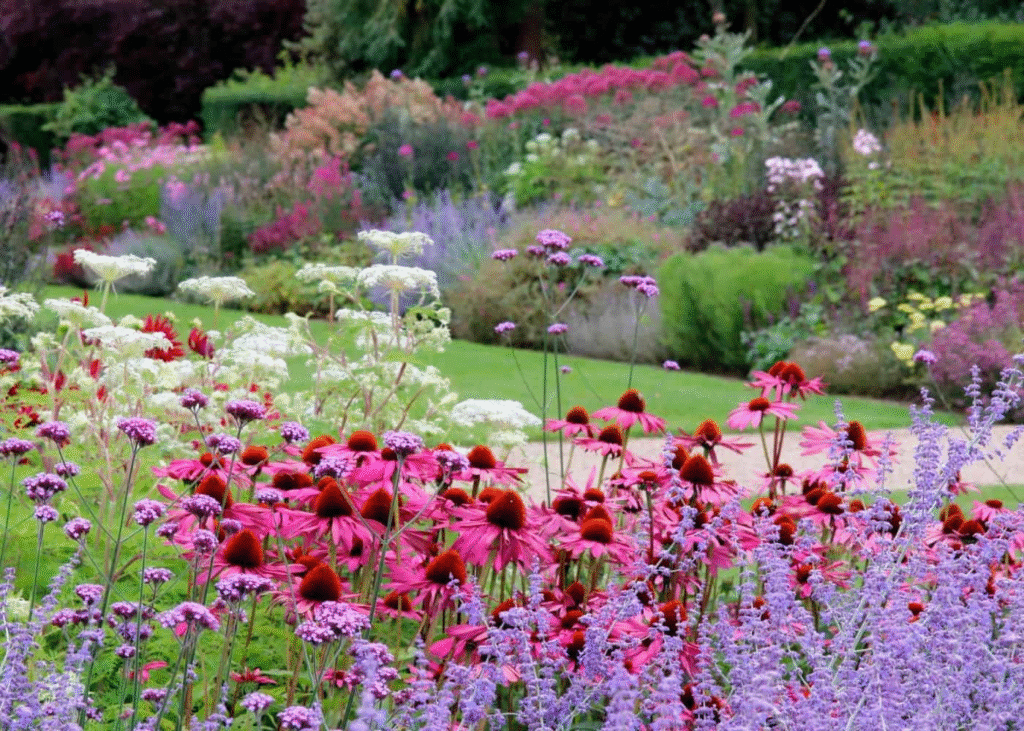
Selecting the Right Wildflowers for Your Garden
The success of your wildflower garden depends largely on choosing appropriate species for your growing conditions.
Regional Considerations
Wildflowers have evolved to thrive in specific ecoregions. Consider these factors when selecting species:
- Native Range: Focus primarily on species naturally occurring within 150 miles of your location.
- Hardiness Zone: Ensure selections are adapted to your USDA hardiness zone.
- Growing Conditions: Match plant requirements to your site’s soil, moisture, and sunlight.
- Local Regulations: Some regions restrict certain wildflower species that may be considered invasive.
Wildflower Selection Strategies
Consider these approaches when choosing wildflower species:
- Anchor Species: Include reliable performers that form the backbone of your garden (e.g., Black-eyed Susan, Purple Coneflower in eastern regions).
- Seasonal Distribution: Ensure representation across early, mid, and late-season bloomers:
- Spring: Columbine, Wild Lupine, Phlox
- Summer: Coneflower, Bee Balm, Milkweed
- Fall: Goldenrod, Asters, Blazing Star
- Functional Diversity: Include different plant families and flower shapes to support various pollinators.
- Structure Providers: Incorporate species that offer architectural interest through distinctive seed heads or winter presence.
Recommended Wildflower Seed Sources
Quality seed is essential for success. Look for suppliers that:
- Specify seed origin and ecotype
- Provide germination rates and test dates
- Offer regional seed mixes appropriate for your area
- Supply pure wildflower mixes without invasive fillers or non-native ornamentals
Notable reputable sources include Prairie Moon Nursery, Ernst Conservation Seeds, and regional native plant societies.
Best Time to Plant Wildflowers from Seed
Timing your wildflower planting is critical for germination success and establishment.
Seasonal Planting Windows
Natural wildflower germination patterns suggest two optimal planting periods:
Fall Planting (Recommended for Many Regions)
- Timing: 4-6 weeks before ground freezes in your area
- Benefits:
- Many wildflower species require cold stratification (winter chilling period)
- Spring moisture helps establishment
- Early start gives competitive advantage over weeds
- Mimics natural seed dispersal patterns
- Best for: Cold-winter regions and drought-prone areas
Spring Planting
- Timing: After last frost date when soil can be worked
- Benefits:
- Faster visual results in first season
- Better for wetter climates where winter rot is a concern
- Considerations: May require supplemental watering during establishment
Preparing Your Site for Planting Wildflowers
Proper site preparation is the most crucial step for long-term wildflower garden success.
Removing Existing Vegetation
Before planting wildflowers, you’ll need to clear the area of competing vegetation:
Method 1: Solarization (Chemical-Free)
- Mow existing vegetation as short as possible
- Water the area thoroughly
- Cover with clear plastic sheeting, securing edges
- Leave in place for 4-8 weeks during hot weather
- Remove plastic and rake away dead plant material
Method 2: Sheet Mulching
- Mow existing vegetation
- Cover area with cardboard or several layers of newspaper
- Add 3-4 inches of compost on top
- Allow to decompose for 3-6 months before planting
Method 3: Manual Removal
- Remove sod or existing plants with a sod cutter or shovel
- Extract persistent root systems of problematic weeds
- Cultivate soil to a depth of 2-3 inches
- Allow area to rest for 2-3 weeks, removing any new weed growth
Soil Preparation
Once the area is cleared:
- Testing: Confirm soil pH and nutrient levels with a soil test through your local extension office.
- Amendments: Most wildflowers prefer lean soil. Add amendments only if necessary:
- If soil is extremely sandy: Add 1-2 inches of compost to improve water retention
- If soil is heavy clay: Add coarse sand and organic matter to improve drainage
- If pH is far outside 5.5-7.0 range: Add appropriate amendments to adjust
- Final Preparation:
- Rake the area smooth
- Remove large stones, roots, and debris
- Create a firm seedbed by lightly tamping or rolling the soil
Planting Wildflowers in the Garden
With proper preparation complete, you’re ready to sow your wildflower garden.
Seeding Methods
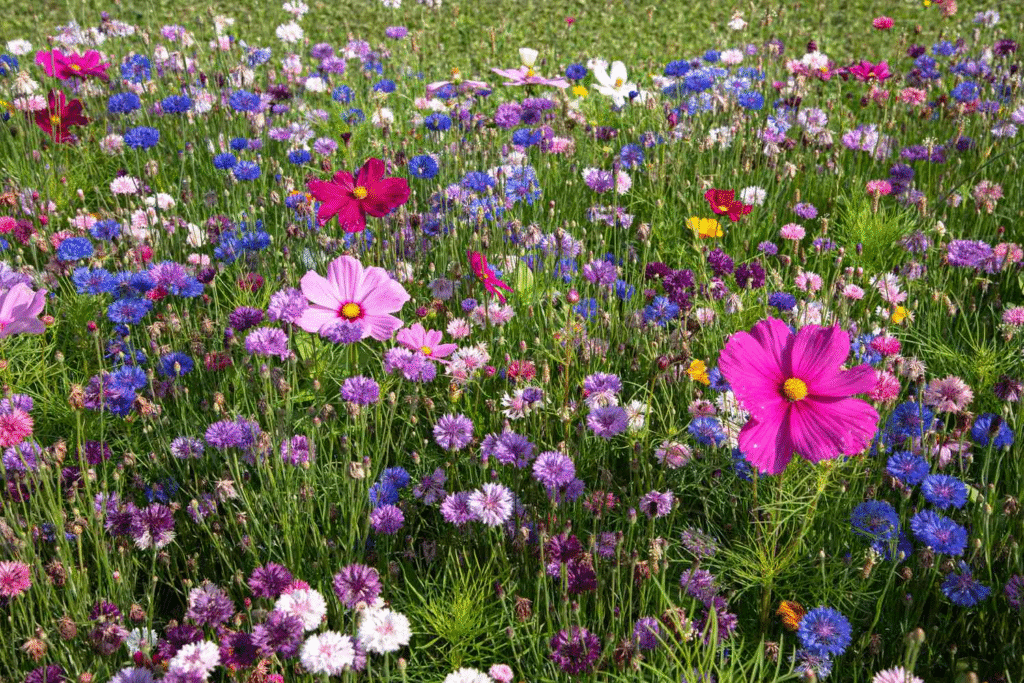
Broadcast Seeding (Most Common)
- Mix seeds with a carrier material (sand or vermiculite) at a 10:1 ratio for even distribution
- Divide seed mix and carrier in half
- Sow first half walking in one direction
- Sow second half walking perpendicular to first pass
- Lightly rake or roll to ensure good seed-to-soil contact
Precision Planting
For smaller areas or when using very expensive seeds:
- Create furrows or planting patterns
- Place seeds at recommended spacing for each species
- Cover with appropriate amount of soil (usually 1-2 times seed diameter)
Seeding Rates
Proper seeding density is critical:
- Mixed wildflower gardens: 4-8 oz per 1,000 square feet
- Single species plantings: Follow specific recommendations on seed packages
- Wildflower/grass combinations: 10-12 oz per 1,000 square feet (includes grass seed)
Caution: Avoid overseeding, which creates competition among seedlings and wastes seed.
Immediate Post-Planting Care
- Light Mulching: Apply a thin layer of weed-free straw or a light coating of shredded leaves to:
- Protect seeds from wind displacement
- Maintain moisture
- Prevent erosion
- Watering: Keep soil consistently moist (not soggy) for the first 4-6 weeks:
- Water daily with a fine spray if no rainfall occurs
- Reduce frequency as seedlings establish
- Adjust based on weather conditions
- Protection: Consider temporary fencing if wildlife browsing is a concern in your area.
First-Year Wildflower Garden Maintenance
The first growing season requires specific maintenance to ensure long-term success.
Weed Management
Weed control is critical during establishment:
- Identification: Learn to distinguish wildflower seedlings from weeds
- Hand Weeding: Remove weeds as they appear, being careful around young wildflowers
- Mowing: Set mower at 4-6 inches and mow when annual weeds reach 8-10 inches tall
Watering Strategy
After initial establishment:
- Water deeply once weekly if rainfall is less than 1 inch per week
- Gradually reduce irrigation to encourage deep root development
- By mid-summer, water only during extended drought periods
First-Year Expectations
Set realistic expectations for your first season:
- Annual wildflowers may bloom the first year
- Most perennial wildflowers focus on root development first year, with limited flowering
- The garden may look sparse until plants mature
- Some areas may need reseeding in fall or the following spring
Long-Term Wildflower Garden Care
Once established, wildflower gardens require minimal but specific maintenance.
Seasonal Maintenance Calendar
Late Winter/Early Spring
- Remove winter mulch if applied
- Observe emerging growth patterns
- Identify areas needing supplemental seeding
Late Spring
- Spot-weed as needed
- Document early bloomers for future reference
- Monitor for invasive species establishment
Summer
- Enjoy peak blooms with minimal intervention
- Photograph for records and comparison
- Collect seeds from select species if desired
Fall
- Allow plants to set and disperse seed naturally
- Conduct one annual mowing after seed set (late fall)
- Leave seed heads for wildlife food and winter interest
Mowing Practices
Annual mowing helps maintain diversity and prevent woody encroachment:
- Mow to a height of 6-8 inches after plants have set seed
- Use a brush hog or heavy-duty mower for larger areas
- Remove clippings only if extremely thick to prevent smothering
Supplemental Planting
Enhance your garden over time by:
- Adding new species to increase diversity
- Reinforcing successful species that perform well
- Introducing later-successional wildflowers as the garden matures
Common Wildflower Garden Challenges and Solutions
Even well-planned wildflower gardens can face challenges. Here are solutions to common issues:
Sparse Germination
Possible Causes:
- Improper seed-to-soil contact
- Excessive depth of planting
- Seed viability issues
- Weather conditions
Solutions:
- Overseed thin areas during appropriate planting windows
- Ensure soil contact with light raking or rolling when seeding
- Store unused seed properly for future use
- Consider adding nurse crops like annual rye for first-season cover
Dominant Species Takeover
Possible Causes:
- Natural competitive advantages of certain species
- Soil conditions favoring specific plants
- Inadequate diversity in initial seeding
Solutions:
- Selectively remove overly aggressive species
- Introduce competitors that can balance the community
- Adjust mowing timing to disadvantage dominant species
Wildlife Damage
Possible Causes:
- Deer browsing of preferred species
- Rodent tunneling and seed consumption
- Bird feeding on newly sown seeds
Solutions:
- Install temporary fencing during establishment
- Include species with deer-resistant characteristics
- Use bird netting for small, high-value areas during germination
Project Showcase: Three Successful Wildflower Gardens
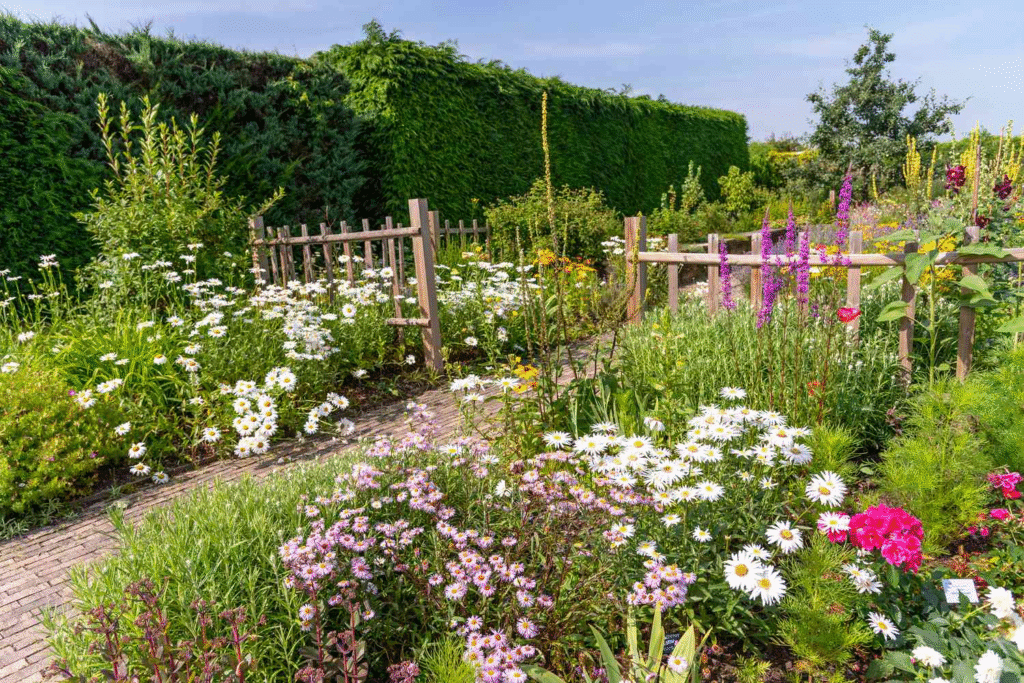
Urban Pollinator Patch: 150 sq ft
Site Conditions: Full sun, clay soil, urban heat island Design Approach: Structured wildflower garden with defined edges Key Species: Butterfly Milkweed, Prairie Blazing Star, Eastern Columbine, Wild Bergamot Special Features: Stepping stone path, insect hotel, birdbath Result: 27 pollinator species documented in first full season
Suburban Lawn Conversion: 500 sq ft
Site Conditions: Partial sun, compacted soil, previously lawn Design Approach: Naturalistic meadow with native grasses Key Species: Black-Eyed Susan, Purple Coneflower, Little Bluestem, New England Aster Special Features: Mowed edge for neighborhood context, interpretive signage Result: 75% reduction in irrigation needs, neighborhood educational resource
Rural Meadow Restoration: Quarter Acre
Site Conditions: Full sun, sandy loam, previously agricultural Design Approach: Full meadow restoration with successional planning Key Species: 35 native wildflowers and 5 grass species specific to local prairie remnants Special Features: Wildlife corridor, integrated with broader habitat restoration Result: Return of grassland birds, abundant butterfly population
Conclusion: The Evolving Beauty of Wildflower Gardens
A wildflower garden is never truly “finished”—it’s a dynamic, evolving ecosystem that changes with the seasons and years. Each growing season brings new surprises as nature responds to your initial design and plants find their preferred niches within your landscape.
By following the guidance in this article, you’ll create more than just a beautiful garden; you’ll establish a functioning ecosystem that supports local biodiversity while requiring less maintenance and fewer resources than conventional landscaping. Your wildflower garden will connect you more deeply to your region’s natural heritage while providing endless opportunities for observation and discovery.
As you embark on your wildflower gardening journey, remember that each small patch of native plants contributes to a larger network of habitat in our increasingly fragmented landscapes. Your efforts make a meaningful difference—not just for the pollinators and wildlife that will find refuge in your garden, but for the future of our shared environment.
